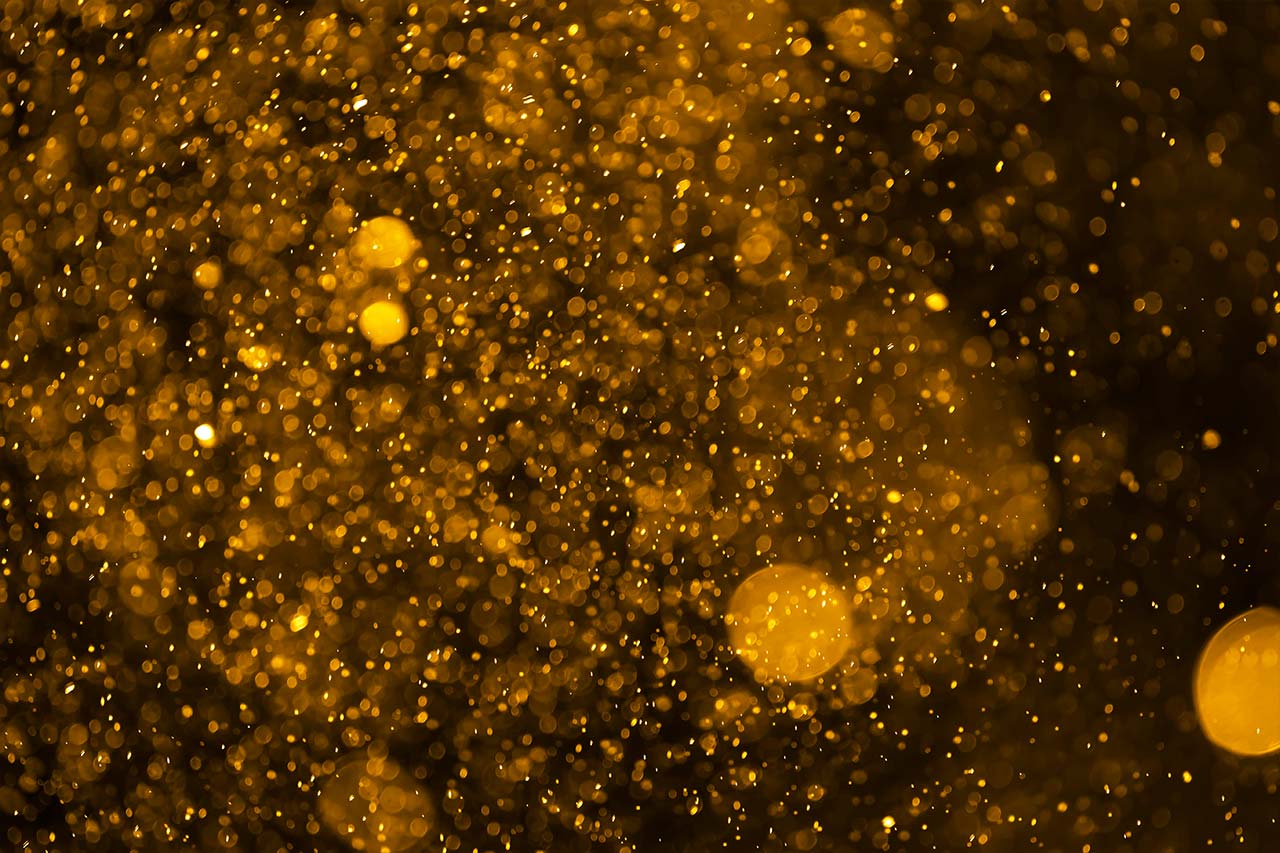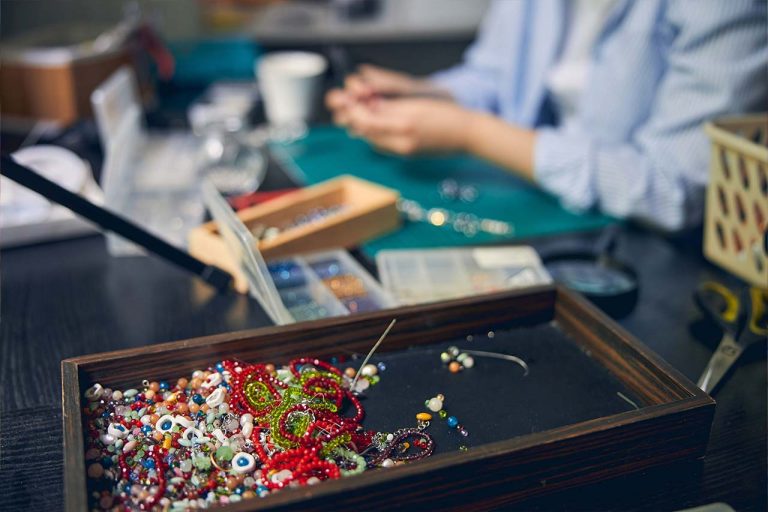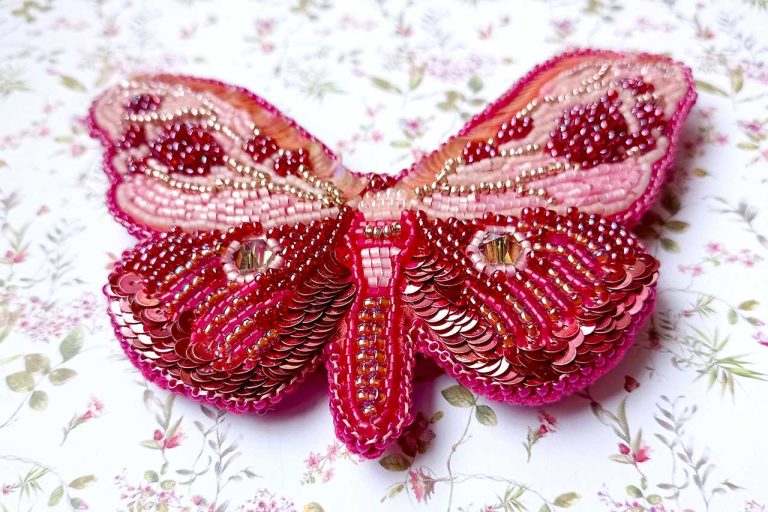Pure gold, gold plated, gold filled or jewel gilded with fine gold?
Pure gold, gold plated, gold filled or jewel gilded with fine gold?
On the jewelry market, all materials can be used. A little creativity and you can even use electrical cables and old forks. However, gold has always had a prominent place through the ages and continents (the oldest gold pearl dating back more than 6000 years: https://www.beauxarts.com/expos/des-chercheurs- would- discovered-the-oldest-golden-object-in-the-world/ ).
Today, gold is used in many forms. But do you know the difference between pure gold, gold plated, Gold filled and gilded with fine gold? If you are a lover of gold jewelry, you probably know this. If not, let me enlighten you on the subject!
PURE GOLD
Real gold jewelry is the most expensive and the purest. The value of real gold comes from its brilliant color and its resistance. It is also very popular because it keeps its shine and does not tarnish over time because it is non-oxidizable. But you should know that pure gold is not always the best solution when you want to buy gold accessories. One of the particularities of real gold is that it is very flexible and malleable. It is therefore not recommended for jewelry that is worn every day. Indeed, it is fragile and scratches are inevitable if no rhodium plating is applied.
Pure gold is hallmarked and indicates the number of carats (from 10 to 24k). If you bite into gold, the softer it is, the purer it is. You may remember the old movies where hackers biting into a room to verify its authenticity? Well, it was the “soft” pieces that assured them the quality of their loot.
With regard to the carat, it is a unit of measurement of purity. A carat representing 0.2g, the weight of a carob seed, which is the origin of the word. 9, 14, 18 or 24K. If in an alloy of 24 grams there are 24 grams of gold, then it is a 24K jewel, that is to say pure gold. If there are 18 grams of gold there, then it is an 18K gold jewel, and so on. However, it must be differentiated from the carat of jewelers, which measures the weight of precious stones.
For information, in France, only jewelry with a minimum of 18 carats of gold can be qualified as “gold jewelry”. And if you were wondering, to obtain pink gold, you simply add a little copper to the alloy, as for white gold, a little more zinc, silver or nickel and that’s it. is played. Also, gold is not magnetic. It’s a good way to recognize a real gold jewel!
THE GOLD-PLATED
To obtain a real gold-plated jewel, a minimum thickness of 3 microns of gold must be deposited on a more common metal, generally a brass, a copper or zinc alloy, or even silver. A micron is one thousandth of a millimetre. There is no maximum limit to this thickness of gold but there is therefore a minimum threshold below which a jewel cannot be qualified as “plated”. The gold plating is made by electrolysis, the jewel is immersed in an electrolytic bath of gold, this process is called electroplating.
The hallmark of the gold plate is square and often bears the initials of the manufacturer as well as sometimes the number 18, or 14, or 10, 20, this corresponds to the carats of gold used. It is advisable to remove your jewelery before going to the swimming pool, playing sports or before doing household chores and store it carefully in a dry place and in separate pockets so that you can enjoy its shine for a long time. Indeed, the longevity of your jewel can vary according to particular factors such as the acidity of your skin, the use of abrasive or alcoholic products such as hairspray or perfumes.
Gold-plated jewelry is therefore a good option for anyone who loves gold but needs to watch their budget. The disadvantage of gold plating is that the gold layer tarnishes and loses its luster over time. Indeed, the molecules of the base metal are slowly transferred to the fine layer of gold and can alter it.
GOLD FILLED
Gold-filled is a thicker form of gilding than gold-plated: it contains 50 to 100 times more gold! Indeed, for a jewel to be qualified as Gold-filled, the weight of gold in the final jewel must be equivalent to 1/20th of its weight. Made with 14K gold, Gold-filled jewelry is therefore extremely resistant and can last a lifetime if taken care of. They are of course a little more expensive to buy than gold-plated, but the lifespan of the jewel is worth the investment.
Gold filled is created by mechanically pressing a layer of gold onto another metal. Although Gold filled is not sold as real gold it has the same properties and the same appearance. It does not tarnish, peel or change color. People allergic to certain metals can wear this jewelry without fear of a reaction. Although the layer of gold varies between different manufacturers, it is much thicker than that of gold-plated jewelry. Gold-filled accessories can be worn every day without fear of them fading or losing their color for 30 years.
GOLDEN WITH FINE GOLD
Obtained by the same process as for gold plating, that is to say by electrolysis, jewelry gilded with fine gold differs from the previous ones by the layer of gold applied. It is almost 10 times thinner (between 0.3 and 1 micron, often called “flash”). It is therefore necessary to be vigilant and particularly careful by avoiding friction as much as possible to preserve the shine of these jewels.
I hope you now see more clearly among these different options! Maybe it will help you choose your jewelry better. See you soon for a new article!



